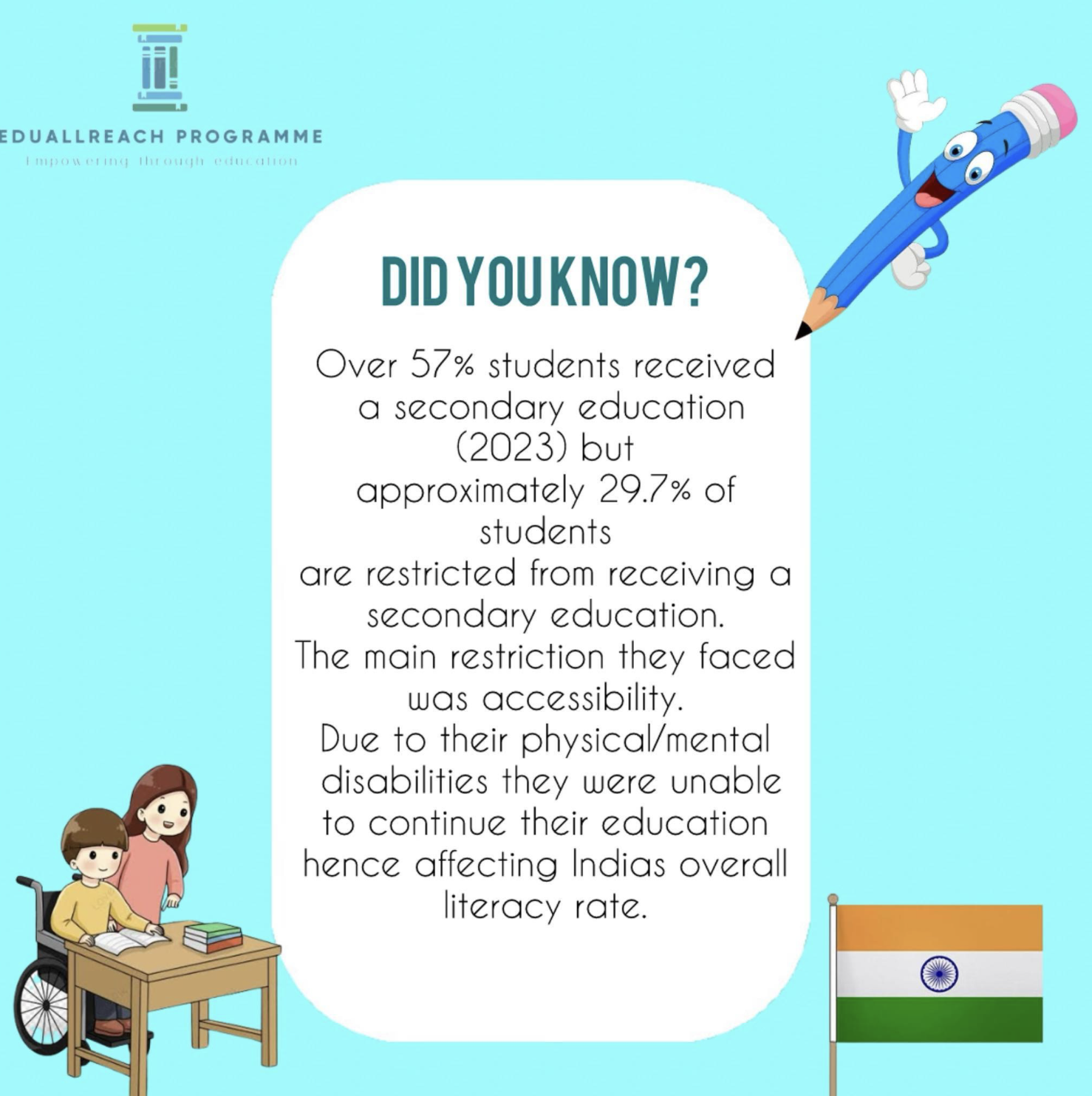The State Of Marginalised Communities Receiving A Secondary Education In India

The quantity of the youth of India receiving and education has been on an upward trend with the statistics increasing from 50% to 80% in the past 40 years. This is a likely result of the law enabling children ranging from 6 to 13 years of age to receive a free and compulsory education. However, the quality of said education is something that is not at par with its quantity’s growth. Moreover, the problem of students being unable to receive a secondary education still persists.
There are countless reasons for this problem including the absence of a voice for marginalised communities all over India. Marginalised communities that don’t have access to sources and resources to take advantage of a proper education. It is seen that approximately 14% of girls of the ages of 15 and 16 are not in school. The few primary reasons that women in particular miss out non receiving a secondary education are, monetary issues, especially due to the importance given to a son’s education over a daughter, being busy in household work, or partaking in familial labour.
Moreover, discussing socio-economically marginal communities including the Scheduled Castes and Tribes have a comparatively lower literacy rate at 66.1% (SC) and 58.9% (ST) compared to then the average of India at 74.04% as per a study done in 2022. In the same study, it is also observed that the enrolment rate for higher education is also lower at a combined number of 20.4% compared to the drastically higher value of 79.6% average of India. Although, with the assistance of many incentives and reservation schemes in place to help such groups we can conclude that about 86% of surveyed marginal people (in the same study) applied for higher education. This is reflective in our research as well where almost 98% of people we interviewed had a secondary education.
Further, children with special needs are also often overlooked and not given the right requirements and opportunities for an education. With already having to endure social challenges differently abled children should be granted help by the government of India do smooth out some challenges which it is doing. There are over 22 special schools and 72 government and aided institutions in India. However, there still remains to be that 75% of differently abled children in India do not attend school throughout their life.
To conclude, while India has made significant strides in improving the situation of marginalised groups, there remains a need to improve the quality and access to secondary education for everyone in India and make the educational system equitable.
-Stuti Desai